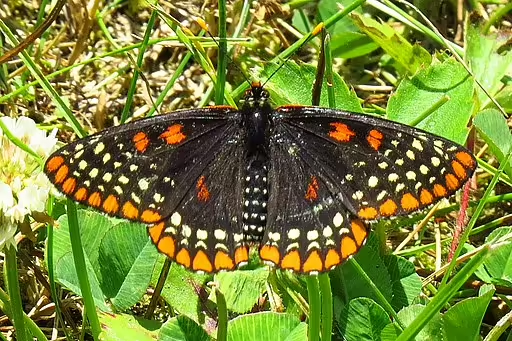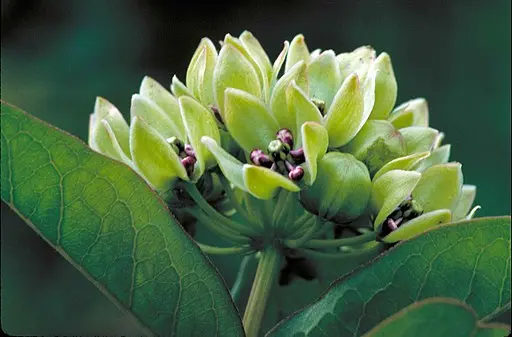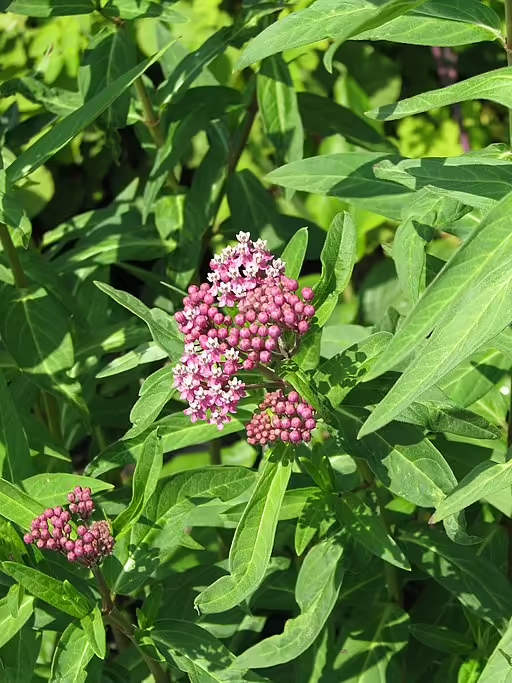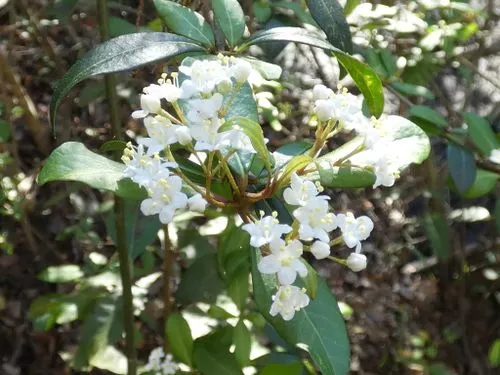Table of Contents for White-Hair Goldenrod (Solidago albopilosa)
White-Hair Goldenrod (Solidago albopilosa) is a herbaceous perennial that is native and rare in the state of Kentucky. This species is a host to the baltimore checkerspot (Euphydryas phaeton) and several moths. Growing from 1 foot to 3 feet tall, this species grows in sandstone crevices. The yellow flowers bloom from July to October and the plant is hardy in zones 6-7.
Taxonomy and Naming of White-Hair Goldenrod (Solidago albopilosa)

Taxonomy
White-Hair Goldenrod (Solidago albopilosa) was originally named and described by E. Lucy Braun in 1942. It has kept this same name since and is a member of the Aster Family (Asteraceae).
Meaning of the Scientific and Common Names
Scientific Name
The genus name, Solidago, derives from the Latin words, Solidus and ago, which together mean to make (ago) whole (Solidus). This meaning comes from the medicinal uses of the plant. The species name, albopilosa, is a Latin for white-hair.
Common Name and Alternative Names
The common name comes from white-haired pubescence.
Physical Description

- Plant Type: This plant is a herbaceous perennial.
- Height: 1 ft (0.3 m) to 3 ft (1 m)
- Stem: The stems are erect, and pubsecent with white hairs (Flora of North America). The stem is slightly zigzag (Braun 1942).
- Leaves: The leaves are alternate, with cauline leaves, ovate, elliptic to spathulate, and entire to slightly serrate margins. They are 3 in (7.6 cm) to 3.5 in (8.9 cm) long and 1.5 in (3.8 cm) to 2.0 in (5 cm) wide.
- Flower color: yellow
- Blooming period: This plant blooms from September to November.
- Fruiting type and period: This plant has achenes that mature in the late fall and winter.
Range of White-Hair Goldenrod in the United States and Canada

This goldenrod species is native and rare in the state of Kentucky. It is listed as threatened by the US Fish and Wildlife Service.
Habitat

This species grows in sandstone outcrops where there is shading (Flora of North America and Braun 1942).
Hosted Insects

This goldenrod, like a lot of other goldenrods, is a host to the wavy-lined emerald (Synchlora aerata). The genus in general is a host to the Baltimore Checkerspot (Euphydryas phaeton) and black swallowtail (Papilio polyxenes).
Other Supported Wildlife

This species is a nectar source to other butterflies, skippers, bees, especially Andrena bees, and wasps during the growing season. It is especially important since it provides a nectar source in the late season.
Frequently Asked Questions
Does this plant have any ethnobotanical uses?
The Native American Ethobotanical Database does not show this species, but Solidago in general has been used for colds, pain, heart medicine, and for stomach ailments.
How is this plant distinguished from other Goldenrods?
This goldenrod is similar to the large-leaf goldenrod (Solidago macrophylla), which has glabrous stems. This goldenrod has densely pubescent stems. It is also similar to the zigzag goldenrod (Solidago flexicaulis) with a slightly zigzag stem, but zigzag goldenrod has thicker leaves (Robinson 1980).
Is this plant invasive?
This species is Federally threatened, has a restricted habitat, and is not invasive.
Gardening with White-Hair Goldenrod

Hardiness
This species is hardy in zones 6-7. If your garden is within these zones and you have the right growing conditions (soil, moisture and exposure), you may well be able to grow this plant. However, if planted outside of its range, the hosted species may not recognize the plant or be harmed by ingesting a different species with an unfamiliar chemical composition.
Optimal Conditions
This species is federally threatened and is not likely in the horticultural trade.
References
- Braun, E.L. 1942. A new species and a new variety of Solidago from Kentucky. Rhodora 44: 1-4.
- Robinson, Andrew F. 1980. Endangered and threatened species of the Southeastern United States, including Puerto Rico and the Virgin Islands. (Washington, DC: USDA Forest Service).


